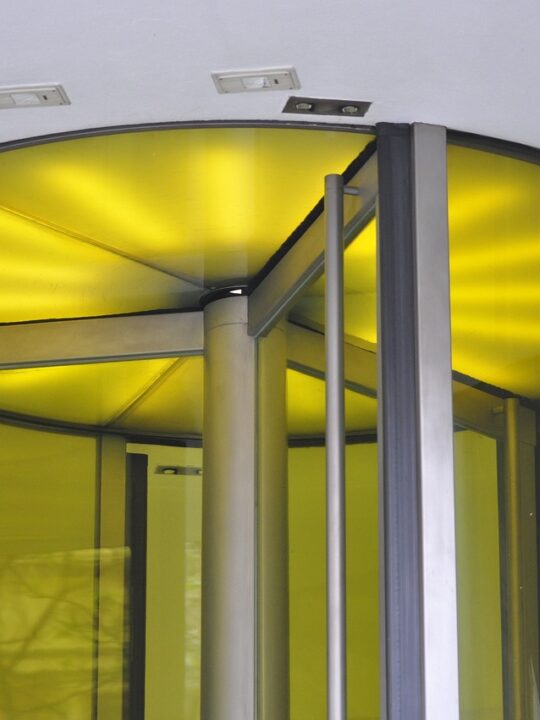Is your art residing in your home without proper presentation and appreciation?
Conserving your art collection can be as simple as setting up a home art display. Of course, only some people think their art deserves a spot in their homes, so they keep them in separate rooms.
Here are some of the most common home art displaying errors and how to avoid them. Keep reading for our top home art depicting tips.
Table of Contents
1. Inconsistent Theme or Style
An inconsistent theme or style when displaying artwork can be a costly mistake that could lead to confusion or disconnect with viewers. When a collection of artwork lacks unity, it becomes less organized, less manageable, and uncomfortable.
Avoid this mistake by choosing types of artwork that fit your topic early on. To create a well-designed area, use artwork with complementary colors and textures, photos on glass or metal, furniture, mirrors, and ornaments.
2. Improper Framing and Mounting
Framing pieces too large or too small for the art can detract from the look. A wide frame can overwhelm smaller parts and make them look insignificant. At the same time, smaller structures can make the art look cramped and disproportionate.
Proper mounting is essential to ensure that artwork will remain safe and secure. Improper mounting techniques can lead to the art moving or falling off the walls, resulting in damage or deterioration.
To avoid these faults, always measure the artwork when choosing an artwork frame style that compliments the piece rather than competing against it.
3. Not Rotating Artwork
Giving viewers the same pieces in the exact location can lead to burnout and a lack of engagement. If the artwork remains in the precise location, it becomes part of the backdrop rather than a focal point.
Rotating artwork lets viewers experience work they may have seen in a new light. It’s also essential to allow other art pieces to take their place in the spotlight.
To ensure continuous aesthetics that flow, incorporate pieces so that no amount is displaying art in bedrooms for too long. This will refresh the visual interest and excitement of the space to ensure viewers will engage with each new piece.
4. Insufficient Planning
An art show must be well-planned, from the setting to the art pieces. After figuring out the performance goals, plan and budget each step, such as getting permission, putting up the structure or display, advertising, etc.
Also, it would be best if you considered the audience to arrange the pieces to capture their interest. Having a plan also means having an end date in sight, leaving the space open for future artwork, exhibits, or events. Planning is an essential step to ensure a successful art display.
5. Inadequate Lighting
Inadequate lighting in the artwork display can diminish its impact and harm the perception of the piece and its artist. It would be best to consider the proper lighting whether the painting is “hung” in a gallery or at home.
To prevent this mistake, use natural daylight, if possible, or light the artwork to stress its hues and attractiveness. Bright, direct, or high-contrast lights make viewing paintings difficult.
Knowing These Home Art Displaying Errors
You can avoid home art displaying errors by following a few simple steps. Be sure to invest in solid and stable materials, place artwork in an appropriate environment, and take the time to arrange the pieces. With a few precautions, you can ensure that your home art display creates a beautiful and lasting impression.
Check out our blog posts to learn more about issues that interest you.







